You probably have non-alcoholic fatty liver disease (NAFLD) or are concerned about your liver’s health and are looking for foods to avoid fatty liver. If left unchecked, fatty liver can result in inflammation, scarring, and even liver failure. Fatty liver is caused by liver cells accumulating an excessive amount of fat. Fortunately, diet is one of the best ways to control and prevent fatty liver. You can protect your liver and improve your overall health by avoiding certain foods that increase liver fat. You’ll get the information you need to make healthier choices in this guide, which will highlight key foods to avoid fatty liver.
Key Foods To Avoid Fatty Liver
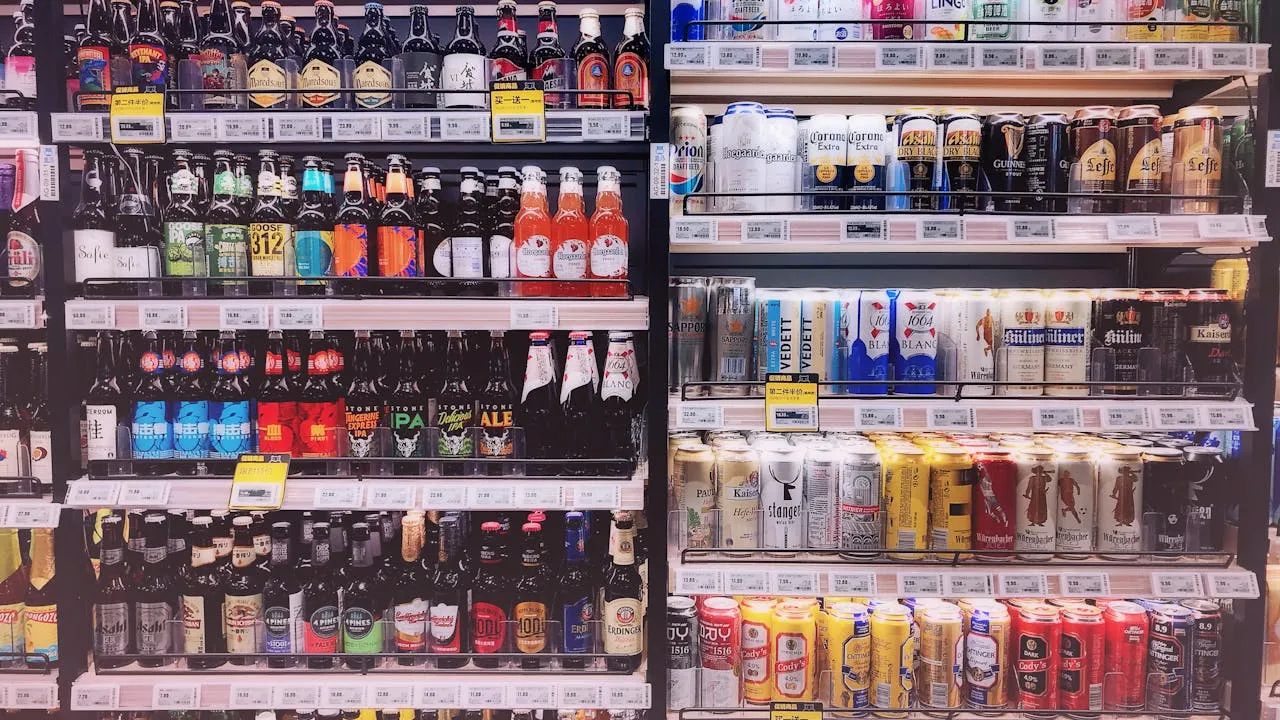
Check Out Unlocking Knowledge: The Top 3 Benefits of Books for Your Mind and Soul
1. Drinks and High Sugar Foods
Sugary foods and drinks top the list of foods to avoid fatty liver. The liver can become overwhelmed by excessive sugar, particularly fructose, which can result in fat accumulation. This includes things like energy drinks, fruit juices, sodas, and candy, among other obvious sources. Over time, fatty liver can get worse as more sugar is turned into fat in the liver. The most important thing you can do to protect your liver is to cut back on these sugary temptations.
2. Alcohol
Another major factor that contributes to fatty liver is alcohol. Even if you drink only from time to time, alcohol can still damage your liver. The liver puts alcohol breakdown ahead of other metabolic processes, which can result in fat accumulation. To prevent further damage to the liver, people who already have fatty liver are often advised to completely avoid alcohol.
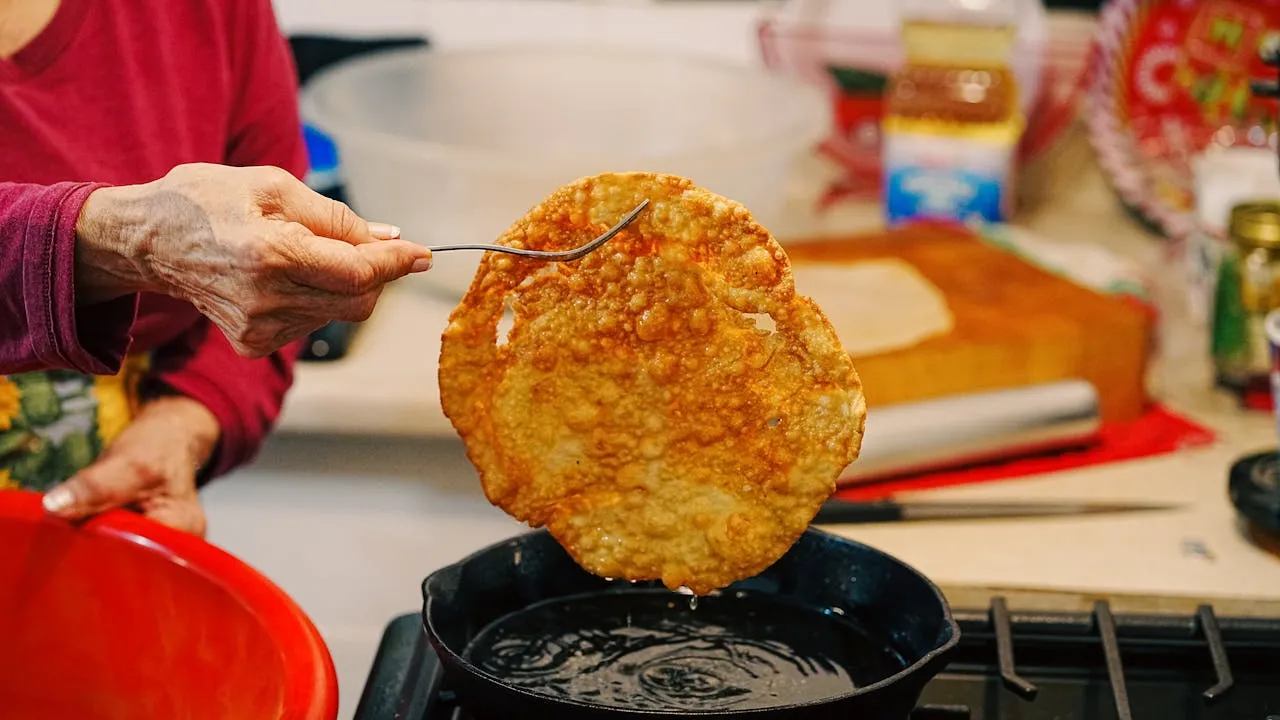
3. Oily Foods
Oily foods are well-known for having a lot of calories and bad fats, both of which can cause fatty liver. Oils that are high in saturated fats are frequently used for cooking foods to avoid fatty liver, like doughnuts, fried chicken, and french fries. These fats might make the liver store more fat, which would make the problem worse. Grilling, baking, or steaming your food can help lower your risk.
4. Red Meat
Red meat, particularly fatty cuts like pork and beef, is abundant in saturated fat, which has been linked to liver fat accumulation. Because the body has a harder time breaking down saturated fats, the liver stores more fat. Instead of eating red meat, lean proteins like poultry, fish, or plant-based alternatives can help you avoid fatty liver.
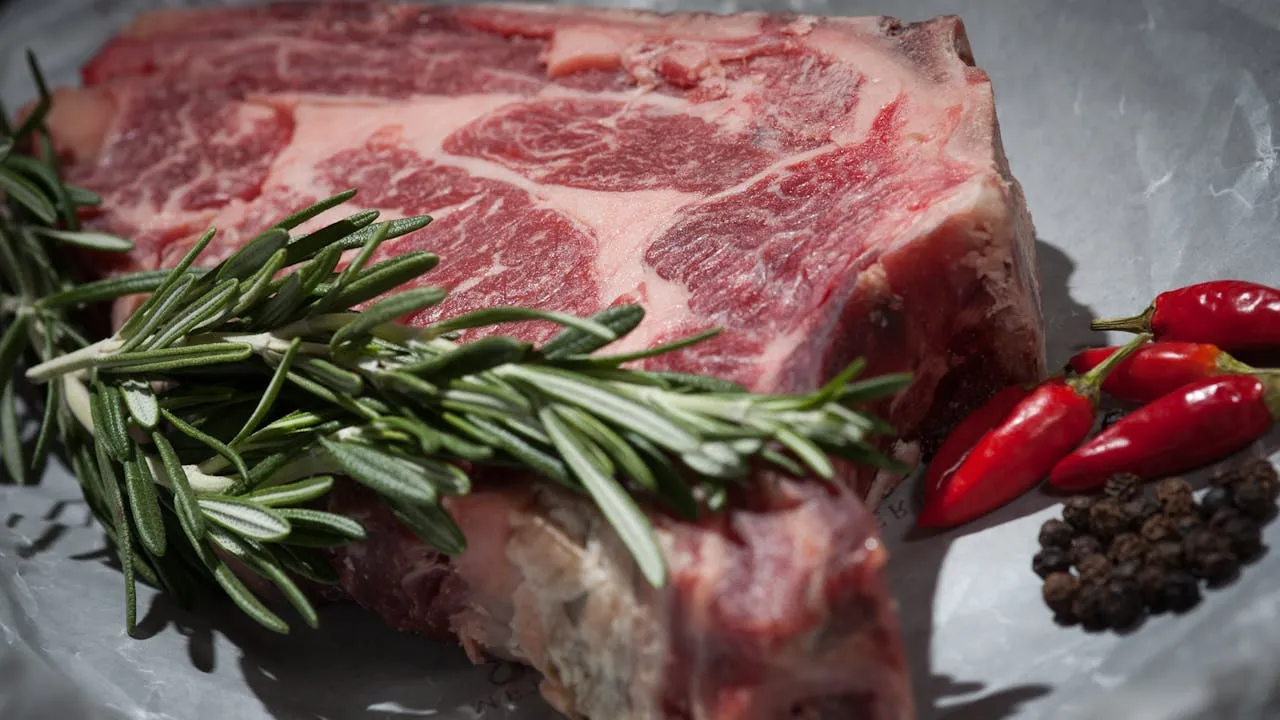
5. Dairy Products
Fat dairy products this foods to avoid fatty liver, like whole milk, cheese, and butter, can contain saturated fats that can lead to liver fat accumulation. Dairy products can be a part of a healthy diet, but you should choose low-fat or fat-free varieties to protect your liver and cut down on saturated fat consumption.
6. Rice and White Bread
The body quickly breaks down refined carbohydrates like white bread, rice, and pasta into sugar, which causes spikes in blood glucose levels. These brief spikes may contribute to liver fat accumulation. Because they are digested more slowly and assist in maintaining stable blood sugar levels, whole grains like brown rice, wheat bread, and quinoa are superior alternatives.
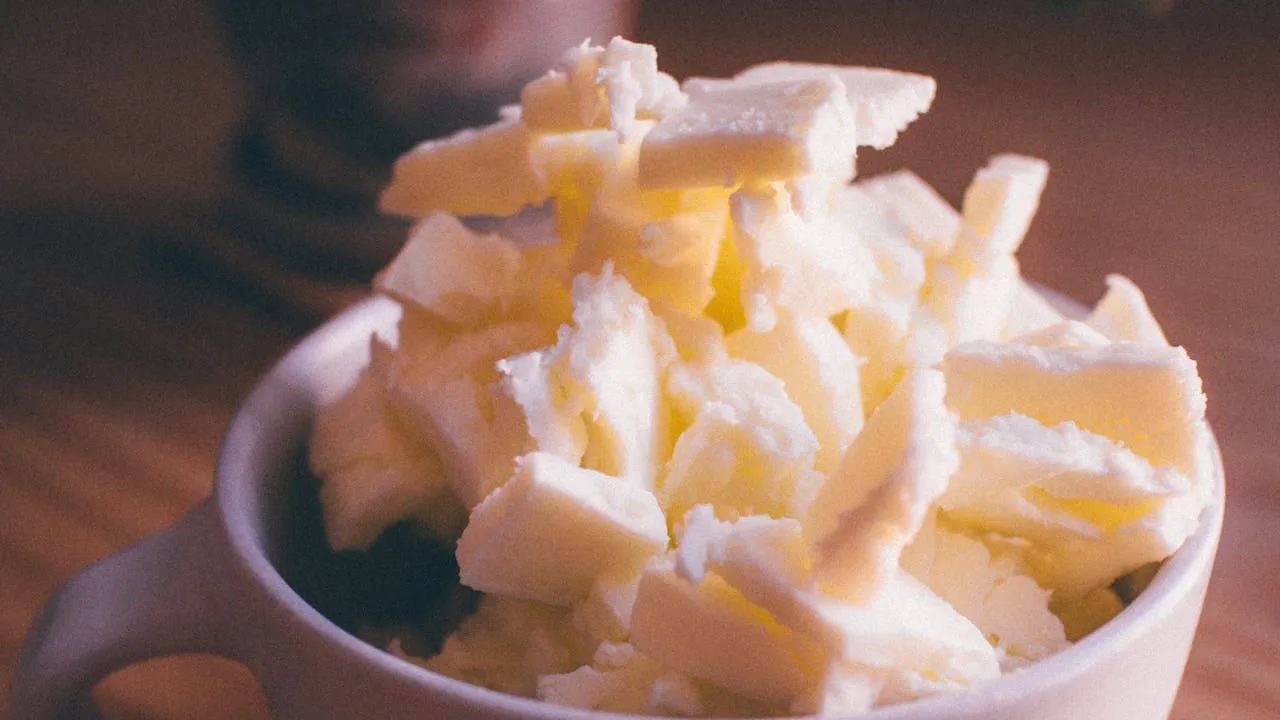
7. Processed Foods
Foods like fast food, frozen meals, and packaged snacks frequently contain a lot of sodium, sugar, and unhealthy fats. These foods to avoid fatty liver typically lack nutrients and contain many empty calories, which can cause weight gain and more liver fat. A healthy liver and overall health can be maintained by focusing on whole, unprocessed foods.
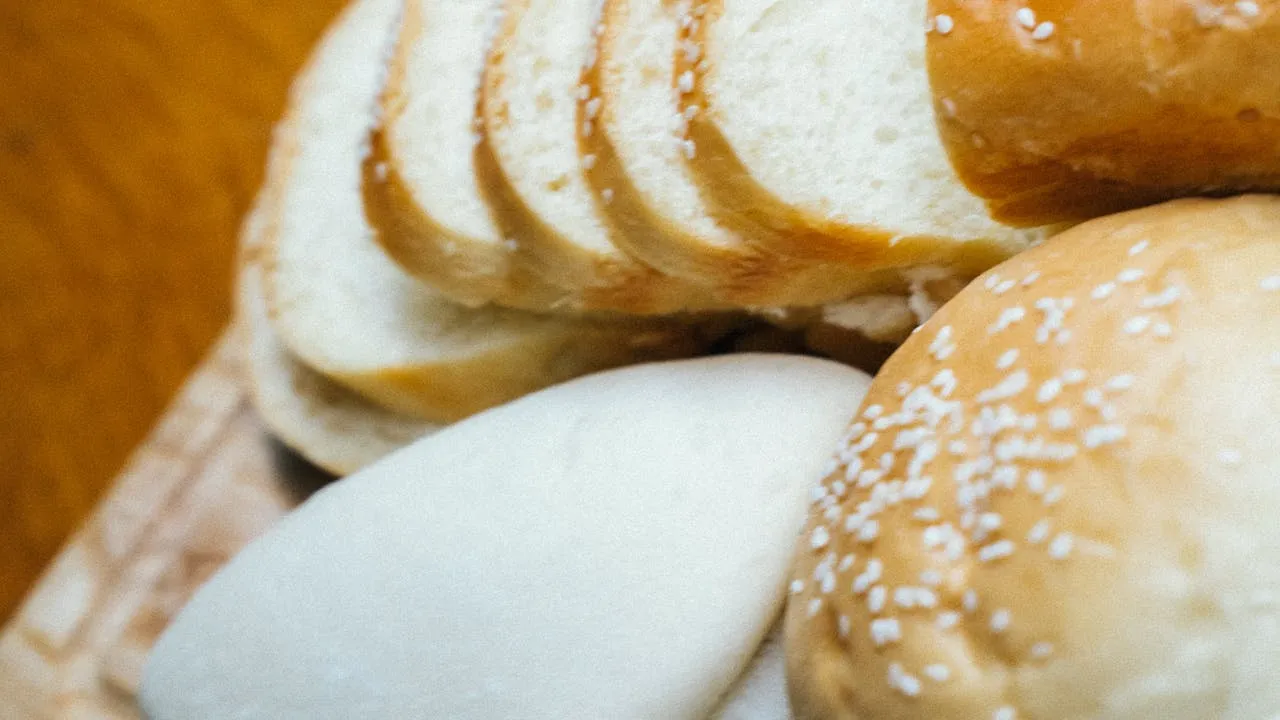
The most important factor in foods to avoid fatty liver is making well-informed dietary choices. Reduce or eliminate your intake of sweet foods, alcohol, trans fats, fried foods, refined grains, red meat, handled foods, and fat dairy products to completely reduce your risk of developing greasy liver disease. For optimal liver health, instead, focus on eating whole, nutrient-dense foods and exercising frequently. Taking these preventative measures, you can improve your quality of life and the health of your liver.
To get more of our exclusive content on Health Care and Lifestyle. Follow us on YouTube and Instagram.





